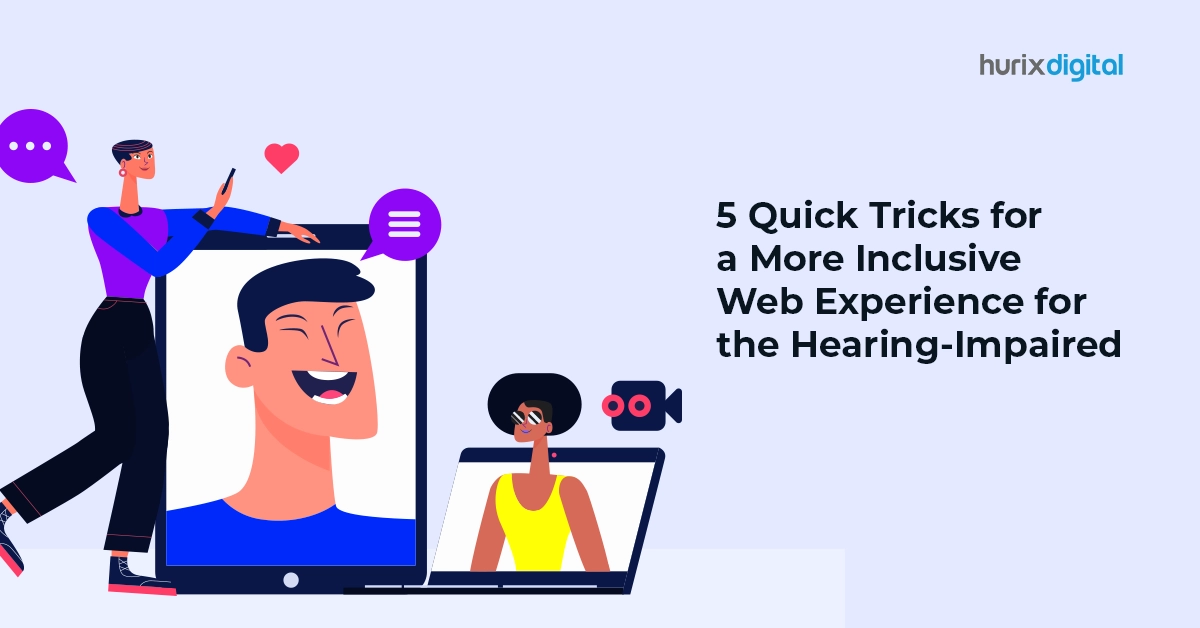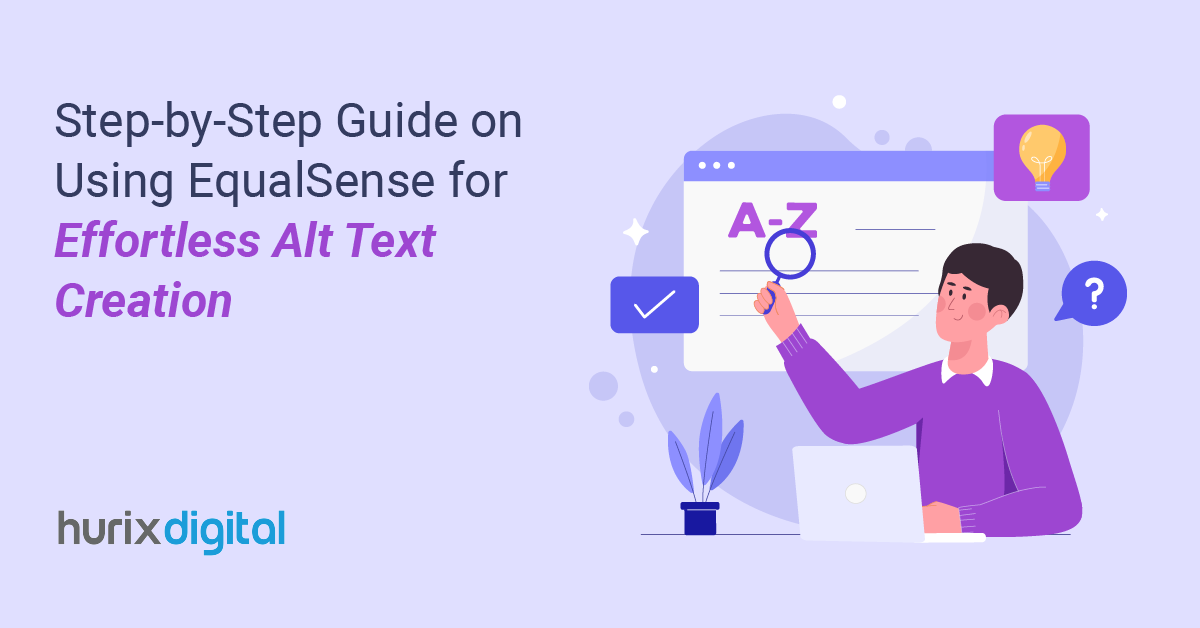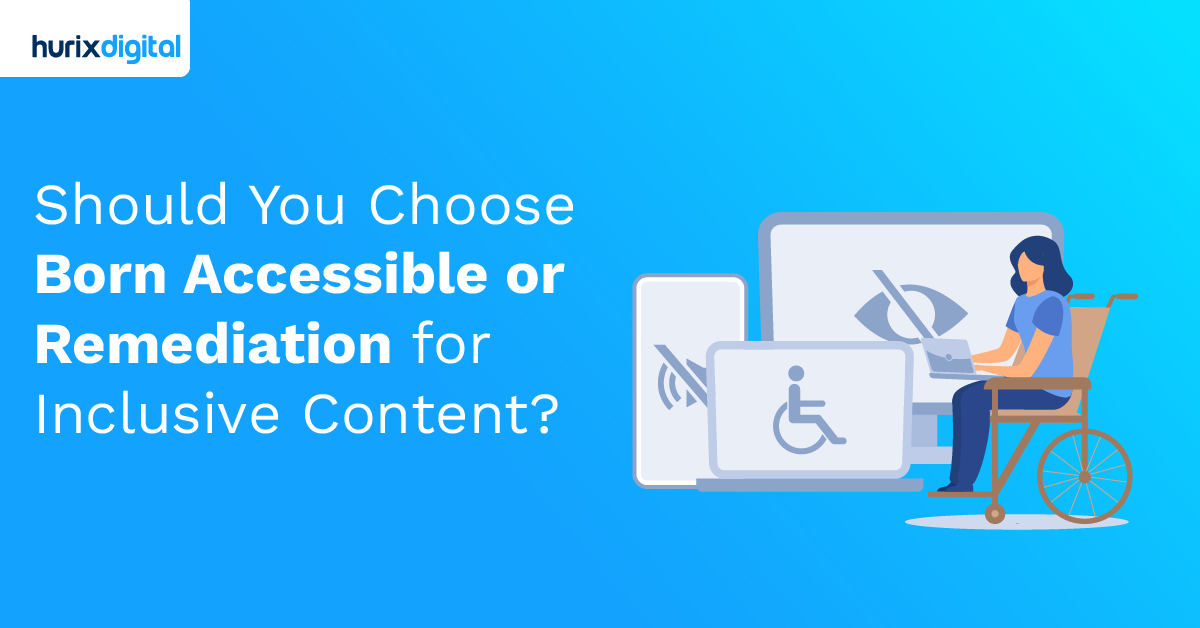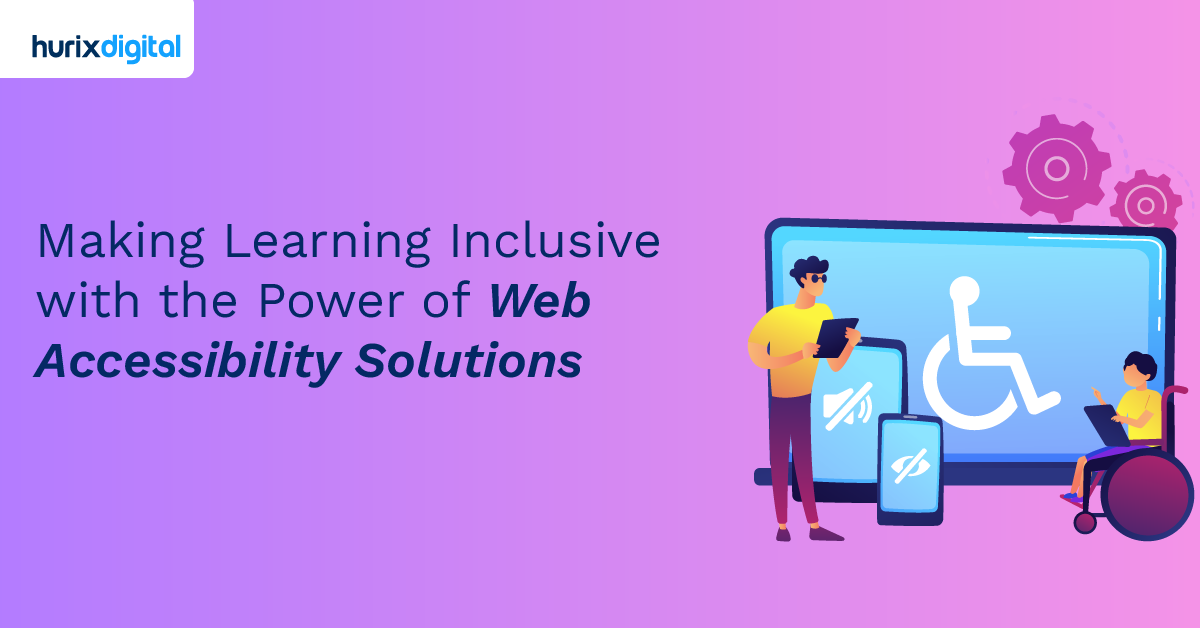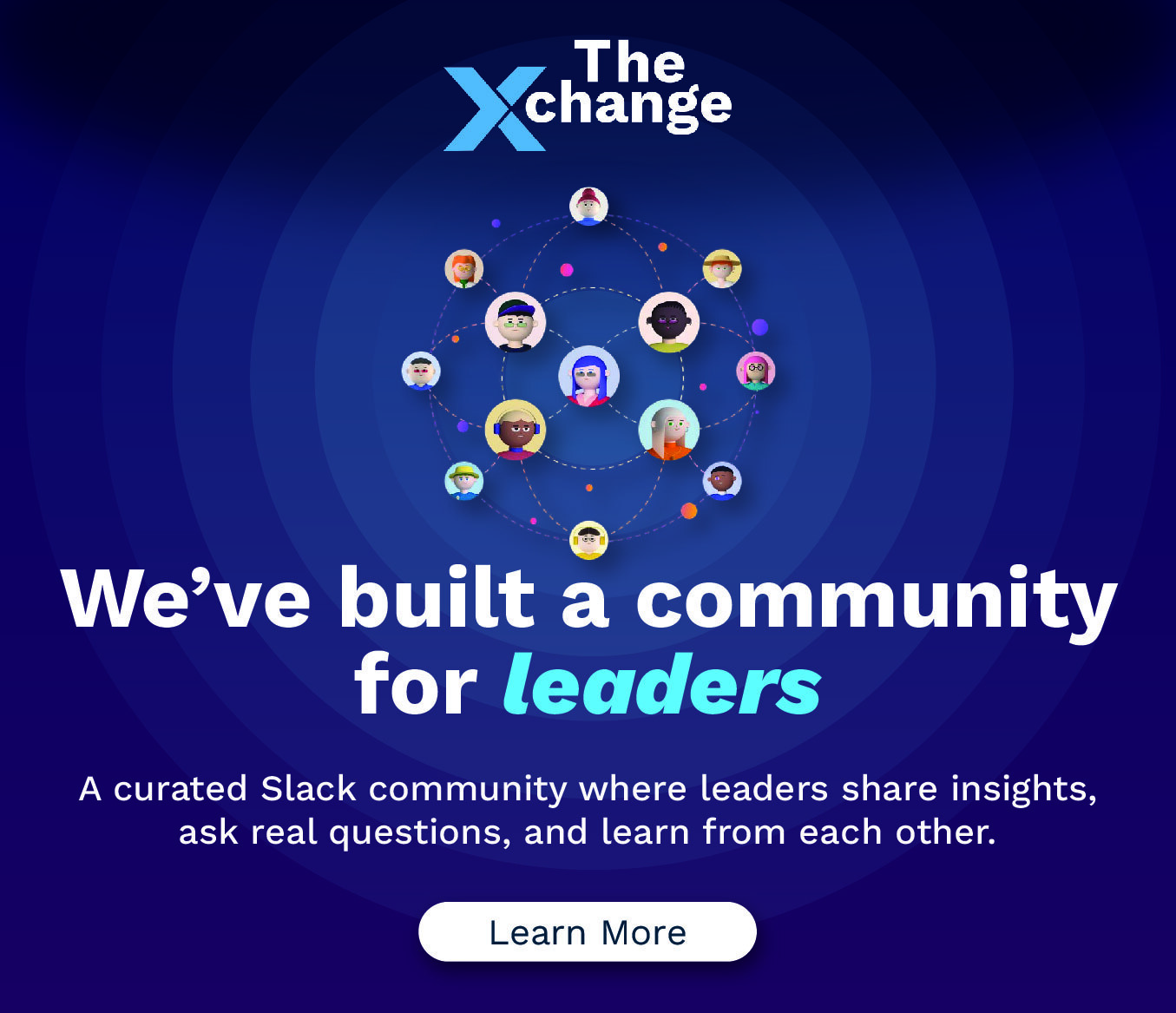
6 Accessible Content Creation Strategies for Digital Marketers
Summarize with:
The growth of the internet has opened up a world of possibilities for those who have traditionally been denied access to jobs, education, and opportunities in the offline world. Inclusion is a core theme of the digital economy where technology is helping to eliminate traditional barriers. The generation of accessible content, for instance, is helping digital marketers capitalize on the growing demand for digital inclusion.
Global digital advertising spending is projected to rise to $870.85 billion by 2027. By adopting content accessibility best practices, digital marketers can accelerate growth. They can help brands reach a wider audience, drive conversions, and capture greater market share.
In this blog, we deconstruct what is accessible content, its advantages for businesses, and how digital marketers can create, publish, and distribute it, seamlessly and effectively.
Table of Contents:
- What is Accessible Content?
- 4 Accessible Content Guidelines
- 6 Accessibility Strategies for Digital Marketers
- In Conclusion
What is Accessible Content?
According to the World Health Organization (WHO), 1.3 billion people worldwide have some type of disability. These audiences include users with hearing and vision disabilities, mobility challenges, reading difficulties, and learning challenges.
Traditionally, millions of these users have been excluded from consuming content due to a lack of access. However, technological advances are enabling digital marketers and creators to eliminate barriers by transforming how content is created.
Accessible content refers to content that is made inclusive and accessible to diverse audiences through the adoption of superior digital publishing platforms, and the application of a set of content creation best practices.
This approach is in line with Diversity, Inclusion, and Equality (DEI) principles, which serve businesses in achieving their goals — from successful recruitment and retention to driving revenues and profitability. Today, countries across the world have also introduced legal accessibility guidelines to offer access as a basic human right.
By embracing the creation of accessible content, digital marketers can attract millions of new users while also complying with DEI principles and legal guidelines.
Also Read: 8 Reasons Why Content Authoring Tools are the Future of Marketing
4 Accessible Content Guidelines
Today, digital marketers aspire to achieve several common goals. These include boosting audience engagement, expanding content reach, and achieving higher search visibility. Here are 4 accessibility guidelines to help digital marketers achieve these goals.
1. Make all Content Accessible
One of the most important ways to achieve marketing goals is by building a culture of accessible content creation. This means that every piece of content must be made accessible through sustainable frameworks.
Nurture a culture of accessible content creation. Make every piece of content sustainable frameworks; the same piece of content must cater to users with a wide range of needs and challenges.
2. Make Accessibility an SEO Best Practice
Accessible content is not only considered to be more user-friendly but also enables search engines to understand content more accurately and in-depth. Thus, it has the potential to be ranked higher by search engines.
This means that the accessibility of content boosts the Search Engine Optimization (SEO) efforts of digital marketers, making it an SEO best practice. It helps boost organic traffic and reduce bounce rates, two critical success metrics for marketers.
3. Build Interactive Multimedia Content
Embrace the culture of interactive multimedia content. By doing so, marketers can ensure that more users can access content irrespective of their limitations, capabilities, and preferences.
4. Introduce Accessibility Testing and Regular Audits
Digital marketers must put in place a framework that includes regular accessibility audits across browsers, social media platforms, emails, and assistive technology. For instance, they must test content across various assistive technology solutions such as screen readers.
6 Accessibility Strategies for Digital Marketers
With the advancement of AI technology, digital marketers can leverage a specialized digital publishing solution to build high-quality, accessible content with cost-effective, efficient operations. Such software helps automate several processes. Thus, digital marketers can reduce human intervention and work with lean teams, yet check all the accessible content boxes.
Here’s a snapshot of best practices that enable digital marketers to boost web accessibility across all content significantly:
1. Caption All Video Content
Users with hearing challenges and language limitations struggle to understand speech in videos.
By adding captions to all video content, the audio automatically appears as subtitles for the entire video. This allows viewers to understand the video content clearly. Subtitles can be made available in different languages for further access.
2. Leverage the Read Aloud Feature
Globally, at least 2.2 billion people are estimated to suffer from vision impairment. This audience cannot read the text on the page. By creating access, digital marketers can reach a whole new audience.
Secondly, a growing number of users also prefer to listen to content as they aspire to cut down screen time. The Read Aloud feature is extremely useful, as it offers audio recordings of all written text content. Users can listen and learn.
3. Enable Text Accessibility
Today, users have a wide range of preferences when it comes to visually reading text. With the use of superior digital publishing software, digital marketers can empower users to make adjustments that help improve readability.
For instance, users should be able to adjust the font size and the screen brightness as per their preferences.
4. Provide Transcripts
Not all users can listen to audio representations clearly due to a hearing impairment or a language barrier. Providing a full transcript of the audio content in multiple languages provides users with an alternative way to access the content. They can read the content a number of times to absorb the meaning fully.
5. Introduce ALT-TEXT
Users with visual challenges are unable to view images. Hence, they are unable to perceive the content of images, which play an important role in storytelling.
Using digital publishing software, digital marketers can provide ALT-TEXT for every image to solve the issue. ALT-TEXT refers to a detailed text description of the image, which is accessible to users with visual challenges via a screen reader. This text is otherwise hidden from view.
6. Multi-Language Publishing
Traditionally, millions of users who speak languages with a right-to-left script were unable to access content in their native tongue.
However, today, the use of superior digital publishing platforms enables digital marketers to seamlessly translate and publish content in languages like Arabic, Urdu, Hebrew, and Persian. This feature instantly enables marketers to appeal to and capture a wider global audience that’s underserved due to language limitations.
Also Read: The Importance of Accessibility Solutions in a Marketing Campaign
In Conclusion
Building inclusive, user-friendly, accessible content is the way forward for brands, educators, and other stakeholders across all sectors. Digital marketers play an important role in this revolution as they showcase brands to newer audiences and drive conversions. By adopting AI-powered automated digital publishing solutions, digital marketers can simplify the accessible content creation process. Digital marketing teams can effectively boost engagement, expand reach, and capture greater market share.
Businesses looking to build high-quality, accessible content can make early investments in superior technology. Hurix Digital is geared to support you in delivering on your goals. Our state-of-the-art digital publishing software is available both as a licensed version (one-time buy) and via a subscription model.
Want to learn more? Get in touch with us to start a conversation.
Summarize with:

Vice President – Content Transformation at HurixDigital, based in Chennai. With nearly 20 years in digital content, he leads large-scale transformation and accessibility initiatives. A frequent presenter (e.g., London Book Fair 2025), Gokulnath drives AI-powered publishing solutions and inclusive content strategies for global clients
 A Space for Thoughtful
A Space for Thoughtful 
